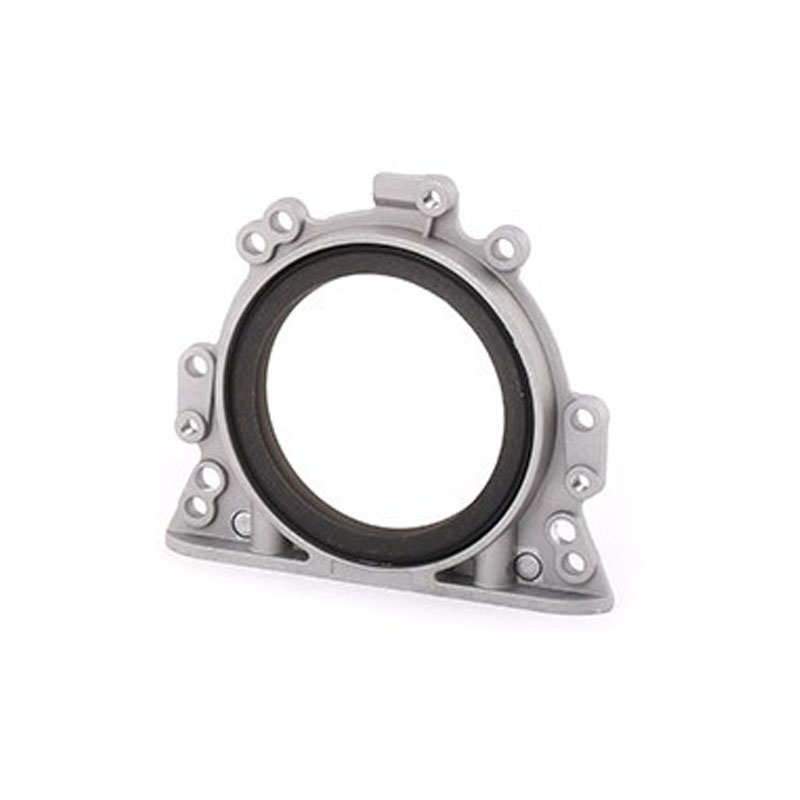oil sump drain plug
Understanding Oil Sump Drain Plug Importance and Maintenance
The oil sump drain plug serves as a crucial component in the engine of a vehicle, playing a pivotal role in maintaining the engine's health and performance. This small but significant part is often overlooked, yet it is essential for the proper functioning of the lubrication system. In this article, we will explore the purpose of the oil sump drain plug, common issues associated with it, and best practices for maintenance.
What is an Oil Sump Drain Plug?
The oil sump drain plug is located at the lowest point of the oil pan, which collects and stores engine oil. Its primary function is to provide an access point for draining the used oil from the engine during an oil change. Designed to create a seal when tightened, the drain plug prevents oil leaks, ensuring that the engine maintains the proper oil level needed for lubrication and cooling.
Typically made from metal, the oil sump drain plug features a threaded design that allows it to be securely fastened to the oil pan. It may also have a washer to ensure a tighter seal and to prevent leakage. The plug is available in various sizes and thread profiles, depending on the make and model of the vehicle.
Importance of the Oil Sump Drain Plug
1. Preventing Oil Leaks One of the primary roles of the oil sump drain plug is to prevent oil from leaking out of the engine. A compromised or poorly sealed drain plug can lead to significant oil loss, which can adversely affect engine performance and lead to costly repairs.
2. Facilitating Oil Changes Regular oil changes are vital for maintaining engine health. The drain plug allows for the complete removal of old oil, which is essential for ensuring that new oil can circulate freely throughout the engine. Proper oil circulation minimizes friction and wear on engine components, prolonging their lifespan.
3. Environmental Protection A leaking oil sump drain plug not only harms the engine but can also have significant environmental consequences. Oil spills can contaminate soil and water sources, leading to pollution. A properly functioning drain plug helps mitigate this risk.
Common Issues with Oil Sump Drain Plugs
Despite their importance, oil sump drain plugs can encounter various issues
oil sump drain plug

1. Stripped Threads Over time and with frequent removal, the threads on the drain plug or in the oil pan can become stripped, leading to leaks. This is often due to over-tightening the plug during installation or removal.
2. Corrosion Corrosion can weaken the integrity of the drain plug, especially if the vehicle is frequently exposed to harsh weather conditions or road salt. A corroded plug may not seal properly, resulting in leaks.
3. Cross-Threading Improper installation can lead to cross-threading the drain plug, creating a poor seal and increasing the likelihood of leaks. It’s crucial to ensure that the plug is correctly aligned during installation.
Best Practices for Maintenance
To ensure the longevity and effectiveness of the oil sump drain plug, follow these best practices
1. Regular Inspections Check the condition of the drain plug during routine oil changes. Look for signs of wear, corrosion, or stripping of the threads, and replace it if necessary.
2. Proper Torque Specifications When installing the drain plug, always adhere to the manufacturer’s torque specifications. Over-tightening can lead to stripping or damage, while under-tightening may cause leaks.
3. Use of a New Washer When replacing the oil sump drain plug, consider using a new washer to ensure a proper seal. This is especially important for metal washers, as they can deform and lose their sealing capability over time.
4. Prompt Repairs If you notice any signs of oil leakage, address the issue promptly. A small leak can quickly escalate into a significant problem, resulting in more extensive engine damage.
Conclusion
The oil sump drain plug, while small, is an integral part of the engine’s lubrication system. Understanding its function and maintaining its integrity can help ensure optimal engine performance and longevity. By following best practices for maintenance and addressing any issues promptly, vehicle owners can safeguard their engines against costly repairs and environmental damage. Regular attention to this crucial component is a small effort that can yield significant benefits over the life of your vehicle.
-
Understanding the Front Main Engine Seal: Purpose, Maintenance, and Installation
News Jul.29,2025
-
Understanding O-Rings and Seal Rings: Types, Applications, and Custom Solutions
News Jul.29,2025
-
Understanding Crankshaft Oil Seals: Rear Seals, Pulley Seals, and Their Role in Engine Integrity
News Jul.29,2025
-
The Importance of Front and Rear Crankshaft Seals in Engine Performance and Oil Management
News Jul.29,2025
-
Crank Oil Seals: Functions, Types, and Cost Considerations in Engine Maintenance
News Jul.29,2025
-
A Comprehensive Guide to O-Rings and Seals: Types, Materials, and Global Applications
News Jul.29,2025
-
Mastering Diesel and Performance Engine Maintenance: A Guide to Critical Oil Gaskets
News Jul.28,2025
Products categories















